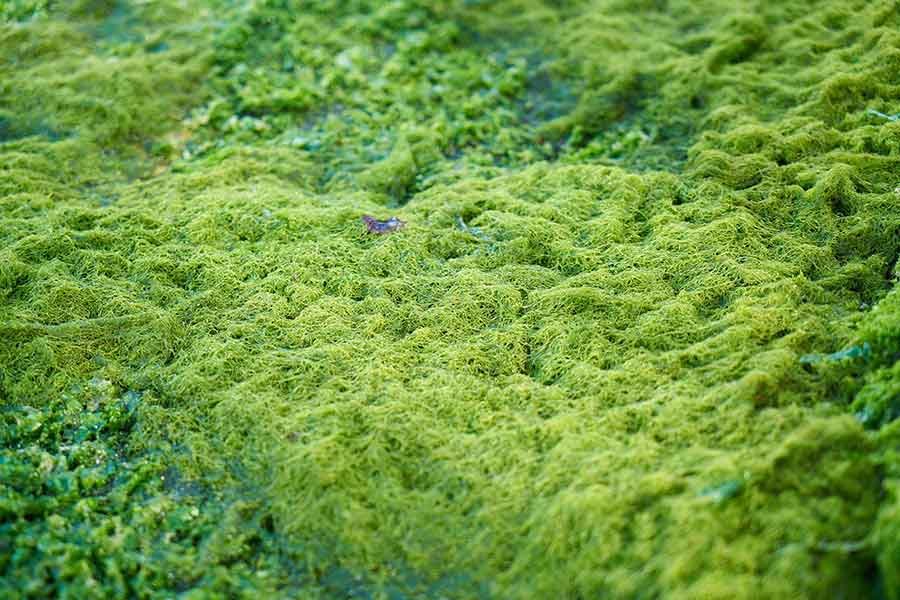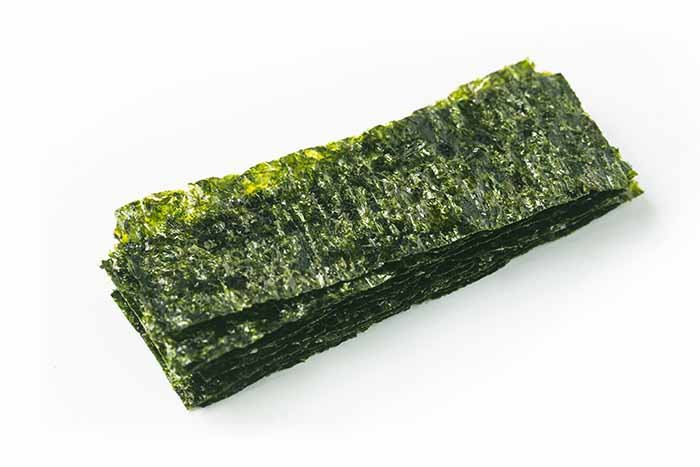
Algicides are chemicals or compounds that are used to kill or control the growth of algae.
Algae are photosynthetic organisms that can grow rapidly in nutrient-rich water and can cause a variety of problems, including water discoloration, unpleasant odors, and harm to aquatic life by depleting oxygen levels.
There are several types of algicides:
01
Copper-based algicidesThese algicides are effective against both planktonic & filamentous algae. They work by disrupting the photosynthesis process of the algae.
02
Per oxygen-based algicidesThese algicides are usually used in aquatic environments like ponds, lakes and swimming pools. Algae are killed by hydrogen peroxide as it oxidizes.
03
Quaternary ammonium-based algicidesA common application for these algicides is to control algae on food processing equipment. The cells of algae are disrupted.
04
Herbicide-based algicidesThese algicides are typically used in agriculture to control the growth of algae in irrigation canals and other water sources used for crop irrigation.
Used of Algicides
It is important to use algicides according to the manufacturer’s instructions, as overuse or misuse can harm other aquatic life or the environment. Additionally, certain types of algae may develop resistance to specific algicides, so it is important to rotate the use of different types of algicides to prevent resistance.
The specific steps for using algicides may vary depending on the type of algicide and the application, but here are some general steps that may be involved :
It is important to identify the type of algae before applying an algicide. To effectively treat algae, it is critical to accurately identify the type of algicide.
Test the PH level and other chemical levels of the water . To prevent adverse reaction, this information can help determine the appropriate dosage of algicide.
Follow the manufacturer’s instructions for the appropriate dosage and application method. Algicides can be applied directly to the water or to the affected surface.
After applying the algicide, monitor the water or affected surface for any changes. The algae may take several days or weeks to die off completely, so be patient.
Once the algae has been controlled, take steps to prevent its return. This may include adjusting the water chemistry, improving circulation, or reducing nutrient inputs.
Follow all safety precaution outlined in the manufacture’s instruction when using algaecide. Wear protective clothing and gloves, and close the treated area until the algicide has dissipated.
There are several types of algicides available in the market, including:
Copper-based algicides: These compounds are commonly used in swimming pools and aquariums to prevent and control the growth of green, black, and mustard algae. They work by releasing copper ions that inhibit the algae's ability to photosynthesize.Quaternary ammonium compounds (QACs): QACs are commonly used in industrial and agricultural settings to control the growth of algae in ponds, lakes, and reservoirs. These compounds work by disrupting the algae's cell membrane, causing them to leak and die.Per oxygen compounds: These compounds, such as hydrogen peroxide, are often used in small water features or ornamental ponds to control algae growth. They work by oxidizing the algae and breaking down their cell walls.

Despite algicides’ effectiveness in controlling algae, they can also harm fish, aquatic plants, and beneficial bacteria. Therefore, algicides must be used according to the instructions. Before using algicides, especially in larger bodies of water, seek professional advice.
Factors to consider:

Water chemistry : The pH level and other chemical levels in the water can affect the effectiveness of algicides. It's important to test the water quality before applying algicides to ensure they will work as intended.Type of algae : Different types of algae may respond differently to various types of algicides, so accurate identification is key to effective treatment.Dosage : The appropriate dosage of algicide will depend on the type of algicide, the size of the affected area, and the severity of the algae growth. Overuse or misuse of algicides can harm other aquatic life or the environment.Safety : Algicides can be toxic and harmful to humans and other animals, so it's important to follow all safety precautions outlined in the manufacturer's instructions. This may include wearing protective clothing and gloves, and keeping the treated area closed off until the algicide has dissipated.